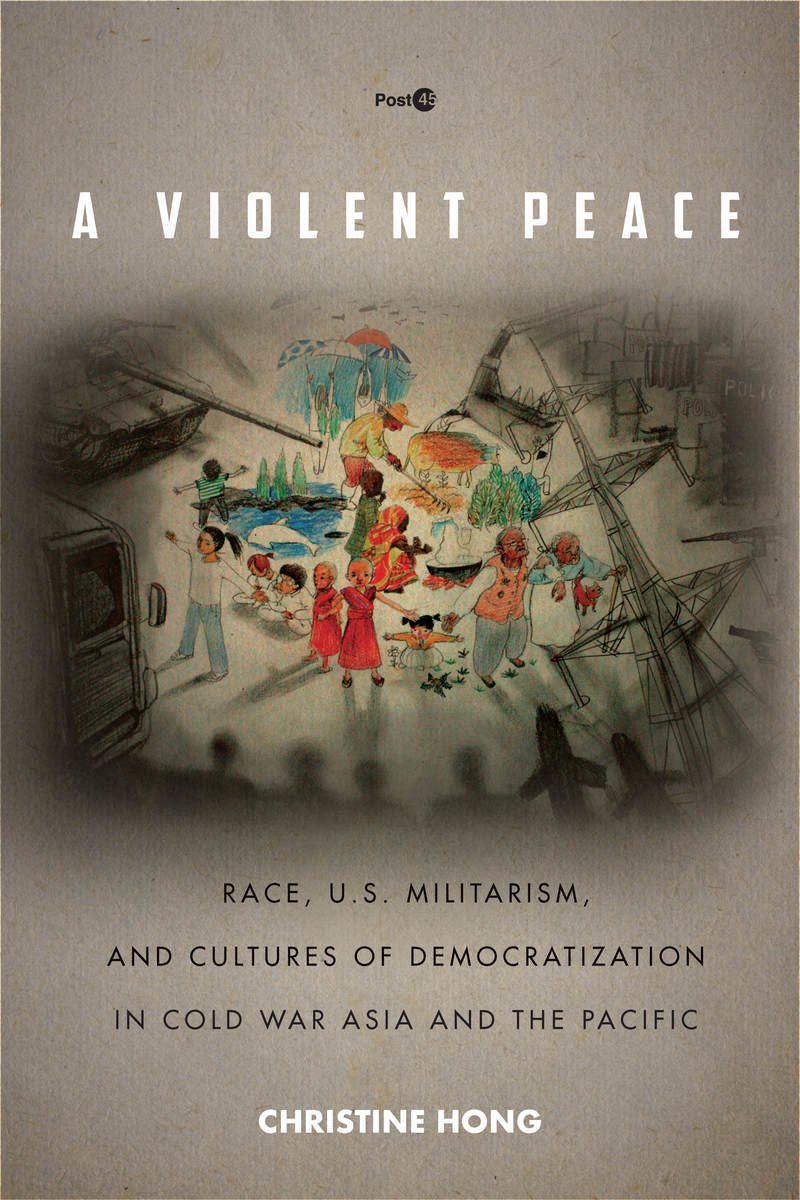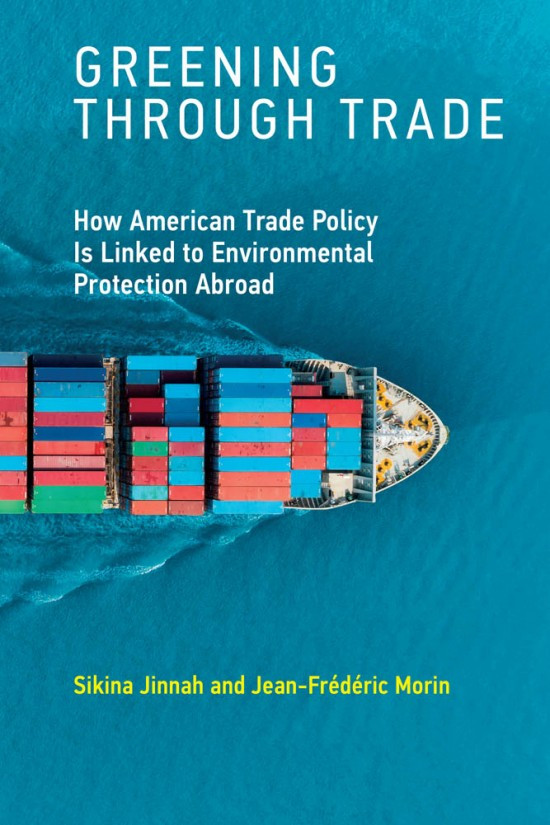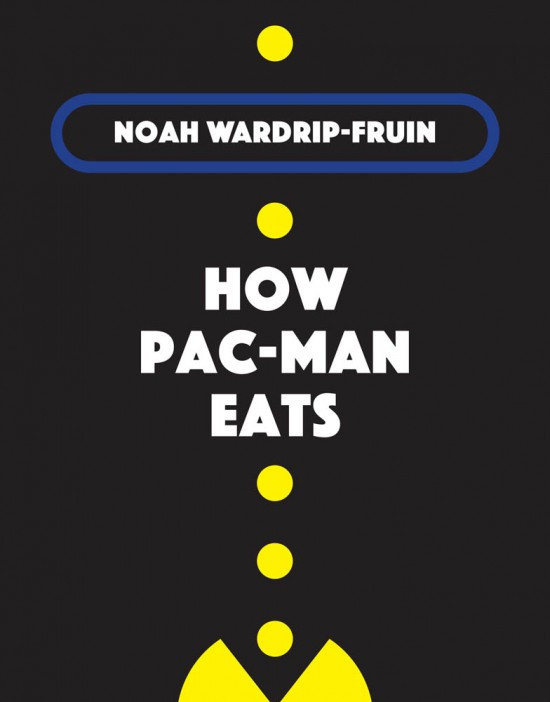PEN & INQ
By Emma Hiolski
War and…Peace?

The militarization of the United States in the 20th century changed the world, but not always for the better. In A Violent Peace: Race, U.S. Militarism, and Cultures of Democratization in Cold War Asia and the Pacific (Stanford University Press, 2020), associate professor of literature and critical race and ethnic studies Christine Hong chronicles the U.S. war machine’s evolution post–World War II, both abroad and on U.S. soil.
While this militarization supported a strong antifascist program in postwar Europe, its legacy in the Pacific theater remains an open question, said Hong. “How do you begin to understand the impacts of the Korean and Vietnam wars within this era of supposed peace?”
Citing the several million, mostly civilian, Asian deaths during the Cold War, Hong argues that what the U.S. called “democratization” was more akin to fascism. “There are deep interconnections between U.S. foreign policy and militarized violence,” Hong said, “including domestic police brutality.”
Eco-friendly Trade

More than a decade ago, a brief agenda item at a United Nations meeting sparked the interest of associate professor of environmental studies Sikina Jinnah. After decades of disregarding the Convention on International Trade in Endangered Species (CITES), the Peruvian mahogany trade was suddenly in compliance.
The catalyst? A bilateral trade agreement with the U.S. requiring Peru to comply with CITES. In Greening through Trade: How American Trade Policy is Linked to Environmental Protection Abroad (MIT Press, 2020), Jinnah and co-author Jean-Frédéric Morin (Université Laval, Quebec City) discuss this and other links between international trade policies and environmental objectives.
While such agreements can drive environment-friendly changes, including ones that can help meet climate change objectives, they can also have unintended consequences. For example, Peru’s rapid implementing of its CITES obligations bypassed many public participation processes. “Trade agreements can be useful tools,” Jinnah said, “but they should be used with careful attention to domestic contexts.”
Digital Necropolis

After working on a UCLA-led digital reconstruction of the ancient Egyptian temple site of Karnak, associate professor of history Elaine Sullivan set her sights on Saqqara, a complex, deeply studied necropolis, home to Egypt’s first pyramid. Sullivan wanted to explore the site in a new way and recreate for modern viewers the landscape ancient people might have experienced.
She spent five years crafting a digital, three-dimensional reconstruction that joins modern data with legacy data from excavations dating back to 1850. The resulting “born-digital” publication, Constructing the Sacred: Visibility and Ritual Landscape at the Egyptian Necropolis of Saqqara (Stanford University Press, 2020), spans 2,700 years of ancient Egyptian history and includes 3D models that readers can explore through both space and time.
“This is a visualization of our archeological knowledge of Saqqara,” Sullivan said, “a tool to help us think about and hypothesize about the site in new ways.”
Healing Through Art

Between 1975 and 1979, the Khmer Rouge in Cambodia exterminated roughly two million people. Today, the nation and its diaspora continue to live with the lasting legacy of this trauma.
“How do we keep going on? What strategies have we developed to cope?” asked associate professor of history of art and visual culture Boreth Ly, himself a survivor of the genocide. For the deeply personal Traces of Trauma: Cambodian Visual Culture and National Identity in the Aftermath of Genocide (University of Hawaii Press, 2019), Ly interviewed Cambodian artists around the world to explore the potential for—and limitations of—art to facilitate healing.
In one poignant exchange, an artist sent to the U.S. for adoption at age two tells Ly of her return to her father’s village at age 40 for a work of performance art. Ly recounts her “symbolic act of healing” in which she broke 40 clay pots and painstakingly pieced them back together over six days.
Meaningful Mechanics

Video games are often the primary media consumed by many people. But what are games actually doing when we play them? Professor of computational media Noah Wardrip-Fruin distills this question into two parts: How do games work? And how do we make them say what we want? “Those might sound like two quite different levels, but they are deeply interconnected,” said Wardrip-Fruin, whose How Pac-Man Eats (MIT Press, 2020) explores how video games meld mechanics with broader meaning.
In the titular example, Pac-Man “eats” because a game designer expanded the meaning of a collision. In a more complex example, Wardrip-Fruin describes the game Dys4ia, in which speech bubbles take on physical form to illustrate the power of words.
Wardrip-Fruin said the book will appeal to people interested in video games with cultural, political, and personal themes, as well as those wishing to understand how games operate “on a deeply detailed level.”

